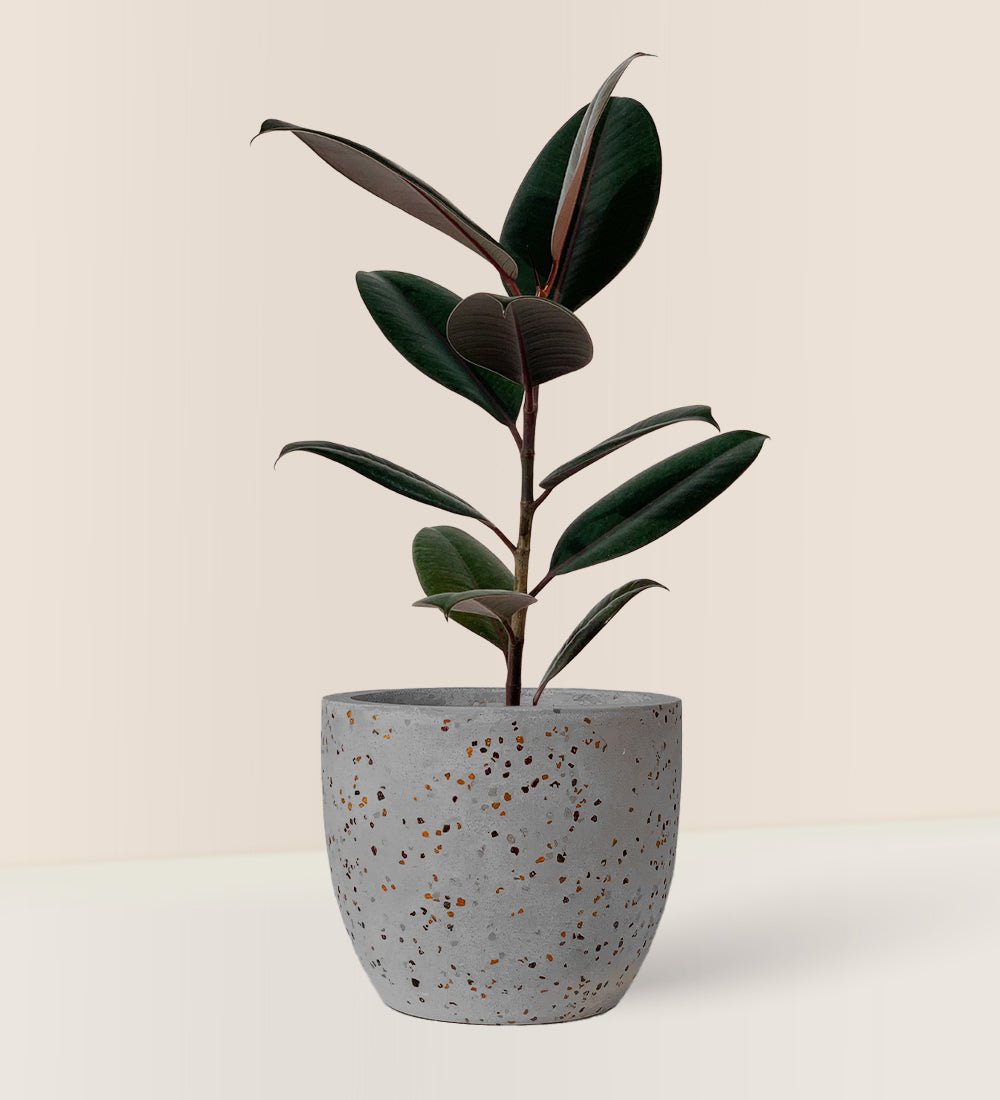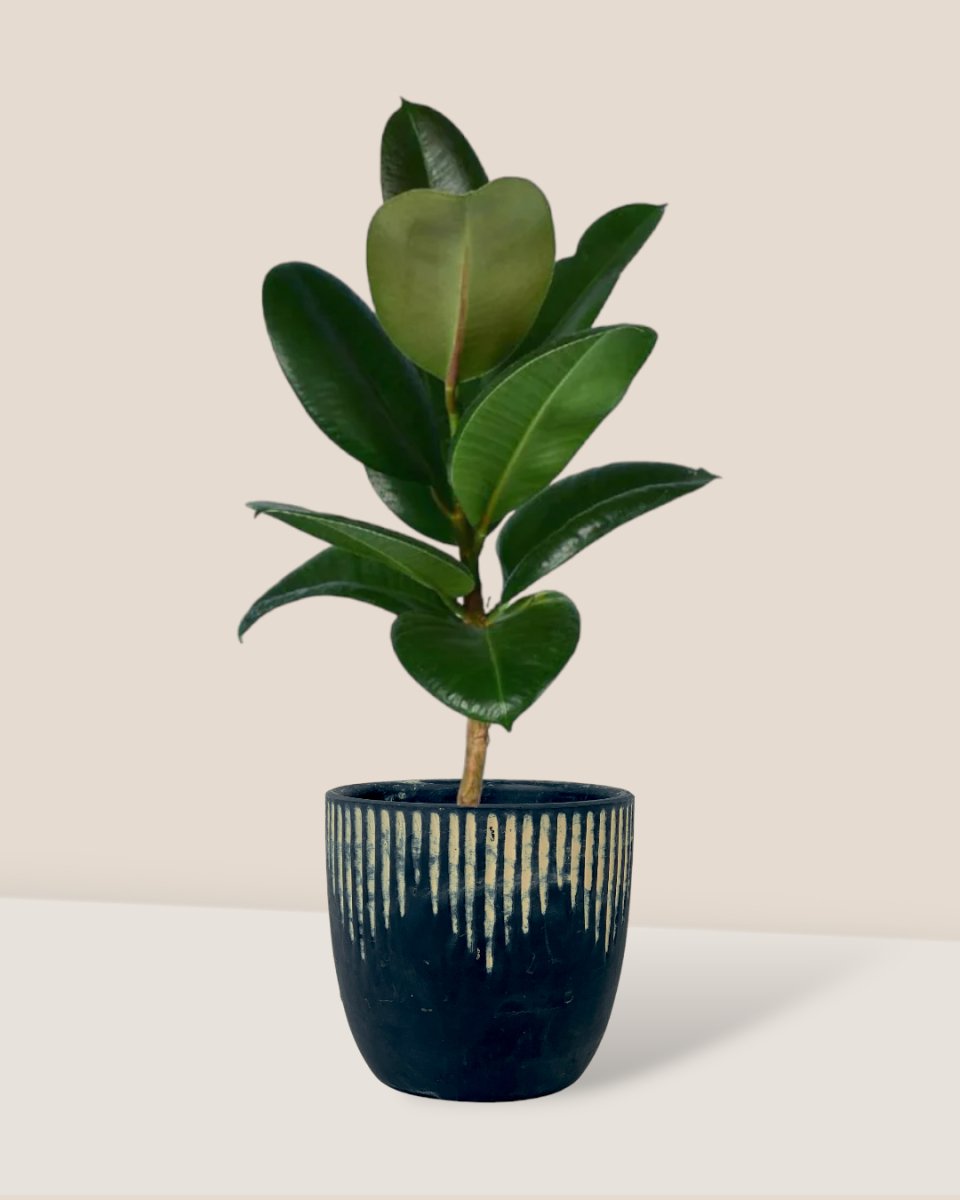The Rubber Plant: A Versatile and Resilient Houseplant
The rubber plant, scientifically known as Ficus elastica, is a popular houseplant renowned for its large, glossy leaves and robust growth. Originating from the tropical rainforests of India, the rubber plant has been cultivated for centuries due to its ornamental value and historical significance. In this comprehensive article, we will delve into the various aspects of the rubber plant, including its history, characteristics, care requirements, and common problems.

The rubber plant’s name derives from its milky sap, which was once a primary source of natural rubber. Before the advent of synthetic rubber, the plant was extensively cultivated in Southeast Asia and South America for its economic importance. While synthetic rubber has largely replaced natural rubber in many applications, the rubber plant continues to hold cultural and sentimental value in many parts of the world.
The rubber plant is a large, evergreen tree that can reach impressive heights both indoors and outdoors. It is characterized by its thick, leathery leaves, which are typically dark green with a reddish-brown midrib. Some varieties exhibit variegated leaves with lighter green or cream-colored markings. The rubber plant’s growth habit is upright and sturdy, making it a suitable choice for both traditional and contemporary interior spaces.
There are several popular varieties of the rubber plant, each with distinct characteristics:

Ficus elastica ‘Burgundy’: This variety is known for its deep burgundy or reddish-brown leaves, which can add a dramatic touch to any room.
The rubber plant is relatively easy to care for, making it a suitable choice for both experienced and novice plant enthusiasts. Here are some key care tips:
Light: The rubber plant prefers bright, indirect light. Avoid placing it in direct sunlight, as this can scorch the leaves.

While the rubber plant is generally hardy, it can be susceptible to certain pests and diseases. Here are some common problems and their solutions:
Yellowing Leaves: Yellowing leaves can indicate overwatering, underwatering, or poor drainage. Adjust your watering schedule and ensure proper drainage to address the issue.
The rubber plant can be propagated from stem cuttings. Take a 6-inch stem cutting with at least two leaves and remove the bottom leaf. Plant the cutting in a well-draining potting mix and keep it moist. The cutting should root within a few weeks.
The rubber plant is a versatile and resilient houseplant that offers a touch of tropical elegance to any interior space. With its large, glossy leaves and easy care requirements, it is a popular choice for plant enthusiasts of all levels. By following the proper care guidelines, you can enjoy the beauty and longevity of this iconic plant.

:max_bytes(150000):strip_icc()/how-to-grow-coleus-1402921-02-6ca494adf94f4a5887c94256a24ebf33.jpg?w=200&resize=200,112&ssl=1)



:max_bytes(150000):strip_icc()/hoya-plants-1315763-hero-fe8b10a522eb4d7e9ada8abbc303fbc5.jpg?w=200&resize=200,112&ssl=1)